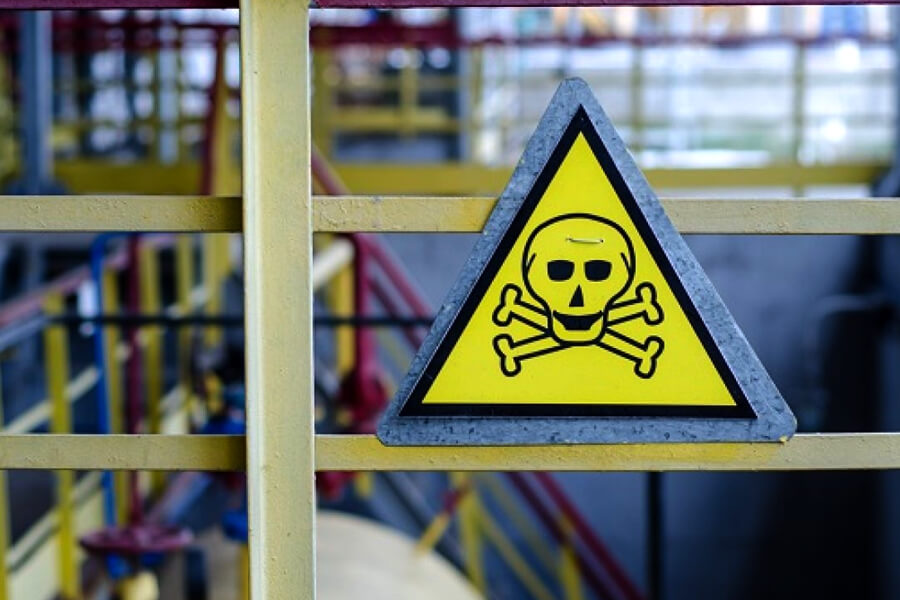The classification shall be made by the shipper/consignor or by the appropriate competent authority where specified in this Code.There are 9 classes of dangerous goods.
Class 1 Explosives. Explosives are classified as dangerous goods because they are capable of producing hazardous amounts of heat, light, sound, gas, or smoke.
Class 2 Gases. ...
Class 3 Flammable Liquids. ...
Class 4 Flammable Solids. ...
Class 6 Toxic and Infectious Substances. ...
Class 7 Radioactive Material. ...
Class 8 Corrosives.
Class 9 Dangerous Goods Miscellaneous Dangerous Goods. Class 9 Miscellaneous Dangerous Goods are substances and articles which during transport present a danger or hazard not covered by other 8 classes.
Each category demands a set of expertise and connections with defines equipment and procedures to load, carry and unload. Each country demands different set of documents and insurance. This type of transit should only be done by an expert. The tables of dangerous cargos are fully explained under information tab.
Class 1: Explosives 1.1 Explosives with a mass explosion hazard Ex: TNT, dynamite, nitro-glycerine. 1.2 Explosives with a severe projection hazard. 1.3 Explosives with a fire, blast or projection hazard but not a mass explosion hazard. 1.4 Minor fire or projection hazard (includes ammunition and most consumer fireworks). 1.5 An insensitive substance with a mass explosion hazard (explosion similar to 1.1) 1.6 Extremely insensitive articles.
Class 2: Gases
2.1 Flammable Gas: Gases which ignite on contact with an ignition source, such asacetylene and hydrogen. 2.2 Non-Flammable Gases: Gases which are neither flammable nor poisonous. Includes the cryogenic gases/liquids (temperatures of below -100°C) used for cryopreservation and rocket fuels, such as nitrogen and neon. 2.3 Poisonous Gases: Gases liable to cause death or serious injury to human health if inhaled; examples are fluorine, chlorine, and hydrogen cyanide.
Class 3: Flammable Liquids Flammable liquids included in Class 3 are included in one of the following packing groups: Packing Group I, if they have an initial boiling point of 35°C or less at an absolute pressure of 101.3 kPa and any flash point, such as diethyl ether or carbon disulfide; Packing Group II, if they have an initial boiling point greater than 35°C at an absolute pressure of 101.3 kPa and a flash point less than 23°C, such as gasoline (petrol) andacetone; or Packing Group III, if the criteria for inclusion in Packing Group I or II are not met, such askerosene and diesel.
Class 4: Flammable Solids 4.1 Flammable Solids: Solid substances that are easily ignited and readily combustible (nitrocellulose, magnesium, safety or strike-anywhere matches). 4.2 Spontaneously Combustible: Solid substances that ignite spontaneously (aluminium alkyls, white phosphorus). 4.3 Dangerous when Wet: Solid substances that emit a flammable gas when wet or react violently with water (sodium, calcium,potassium, calcium carbide).
Class 5: Oxidizing Agents and Organic Peroxides 5.1 Oxidizing agents other than organic peroxides (calcium hypochlorite, ammonium nitrate, hydrogen peroxide, potassium permanganate). 5.2 Organic peroxides, either in liquid or solid form (benzoyl peroxides,cumene hydroperoxide).
Class 6: Toxic and Infectious Substances 6.1a Toxic substances which are liable to cause death or serious injury to human health if inhaled, swallowed or by skin absorption (potassium cyanide, mercuric chloride). 6.1b (Now PGIII) Toxic substances which are harmful to human health (N.B this symbol is no longer authorized by the United Nations) (pesticides, methylene chloride).
6.2 Biohazardous substances; the World Health Organization (WHO) divides this class into two categories: Category A: Infectious; and Category B: Samples (virus cultures, pathology specimens, used intravenous needles).
Class 7: Radioactive Substances Radioactive substances comprise substances or a combination of substances which emit ionizing radiation (uranium, plutonium).
Class 8: Corrosive Substances Corrosive substances are substances that can dissolve organic tissue or severely corrode certain metals: 8.1 Acids: sulfuric acid, hydrochloric acid 8.2 Alkalis: potassium hydroxide, sodium hydroxide
Class 9: Miscellaneous Hazardous substances that do not fall into the other categories (asbestos, air-bag inflators, self inflating life rafts, dry ice).
https://en.wikipedia.org/wiki/Dangerous_goods


